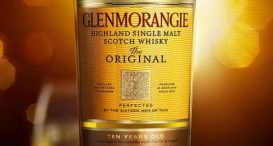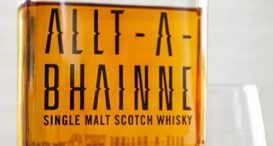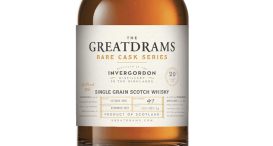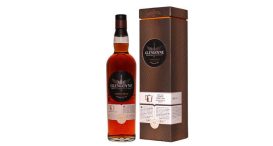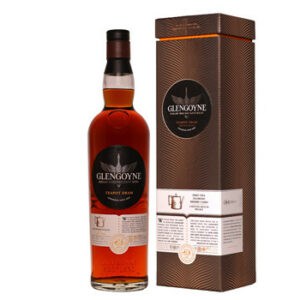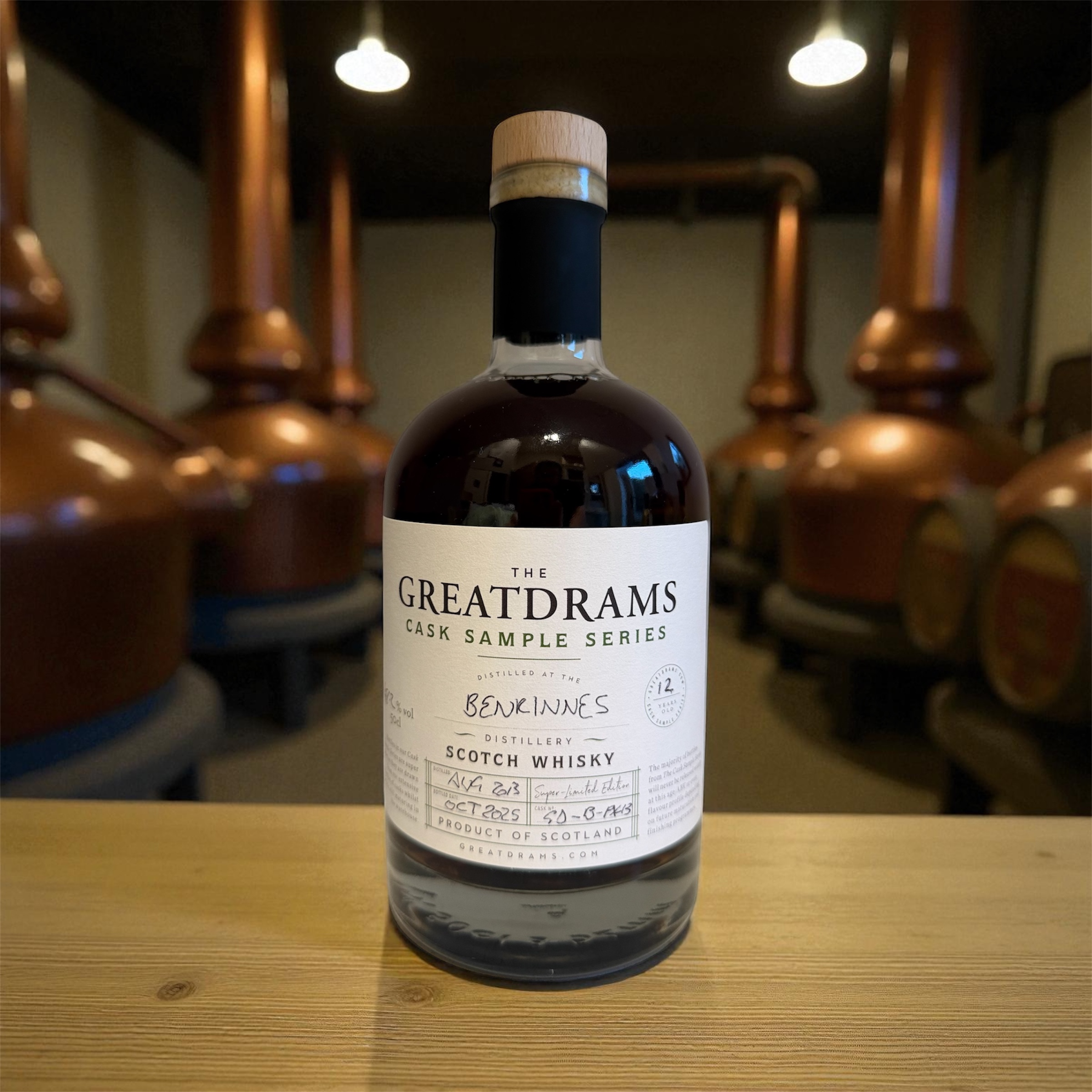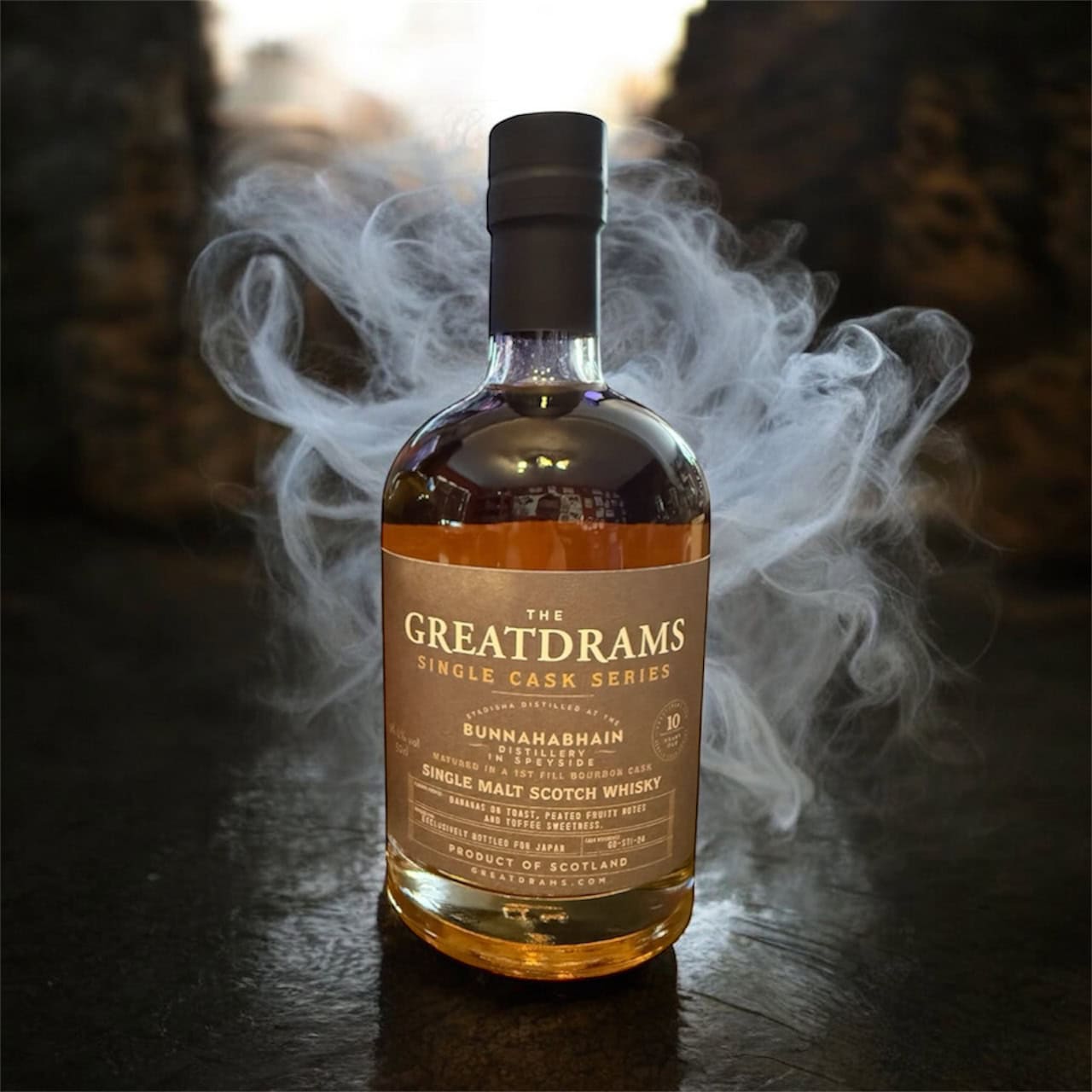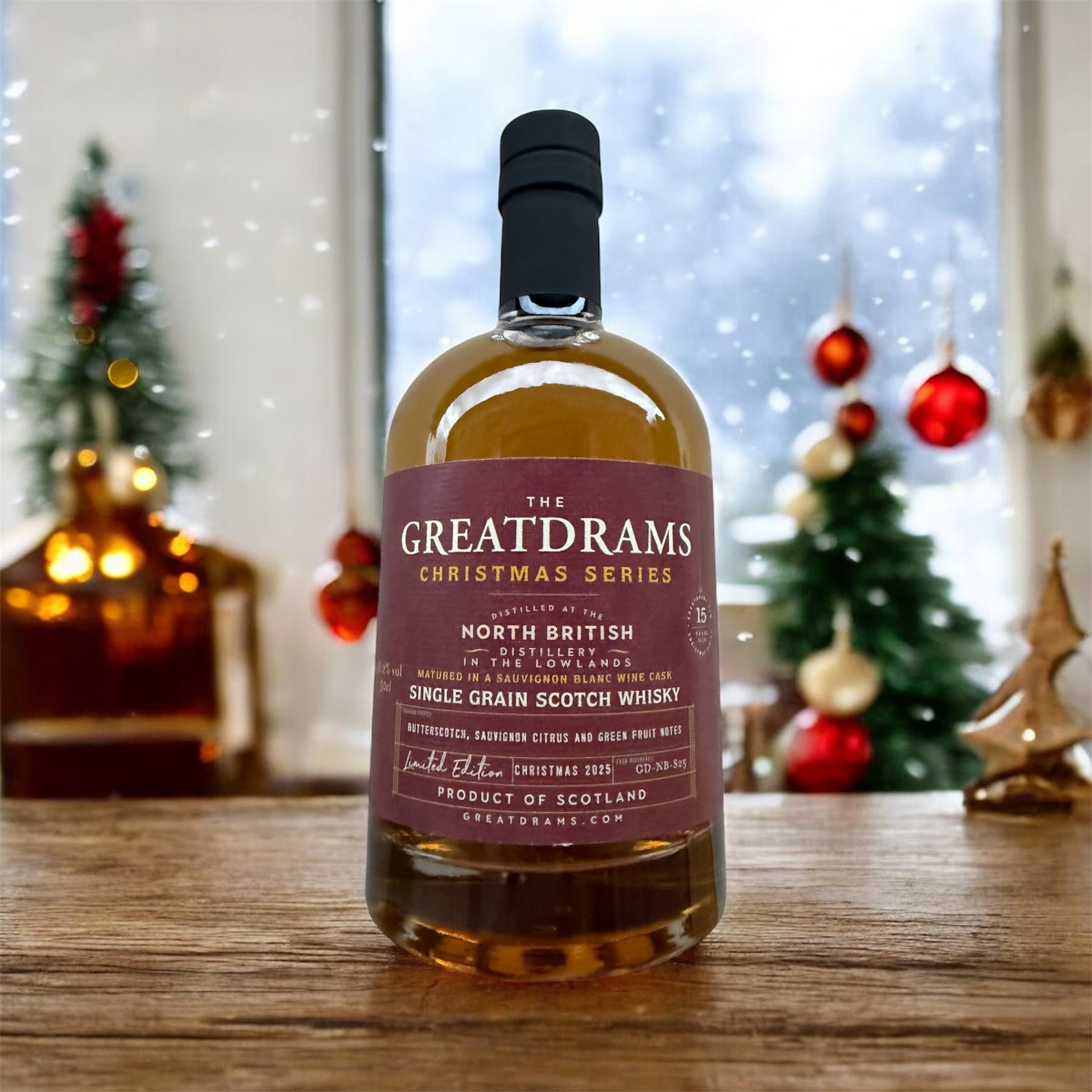The Anatomy of a Proper Irish Pub – What Makes Irish Boozers so Special?
Here in the UK, it’s safe to say we love our pubs. In fact, our pubs are a part of our heritage, and regardless of how unstable the economy may be, or any other hurdles heading our way, that simply will not change.
Pubs are about so much more than booze. They’re a place to socialise and catch up with friends and family. They’re places to go on dates, to watch sports, to grab a bite to eat, or to dry your boots after a long hike in the countryside. You can do all sorts in a good UK boozer, but most of all, you can have fun.
As far as pubs go however, nobody beats the Irish, and that is a bold statement that we stand behind 100%. An Irish pub is like no other pub, and there’s a reason that they have existed for more than 1,000 years.
But what is it about the anatomy of a proper Irish pub that makes it so special? Let’s take a look, shall we? Here’s a look at 9 things that make Irish boozers so special.
A Friendly Atmosphere
Another hill that we are willing to die upon is the fact that the Irish are amongst the friendliest people on the planet.
Ireland is a place where the locals will go out of their way to say hello and welcome tourists and holiday makers. It’s a place where you’ll be made welcome the second you step foot on their soil and this is especially true in virtually every Irish pub you can think of.
Irish pubs are incredibly warming and friendly. There’s no awkward silences or uncomfortableness and you’ll always be greeted with a friendly smile by the bar staff, even if you happen to order a Guinness shandy.
As for the locals, they’ll go out of their way to make you feel welcome and are having fun, which is what a good UK boozer should be all about.
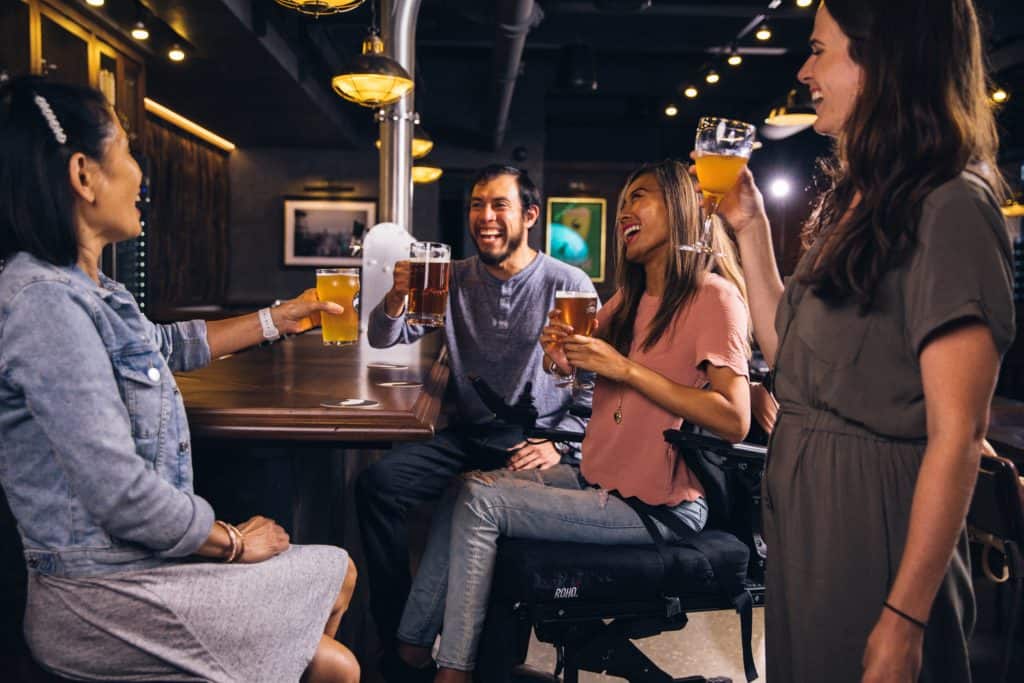
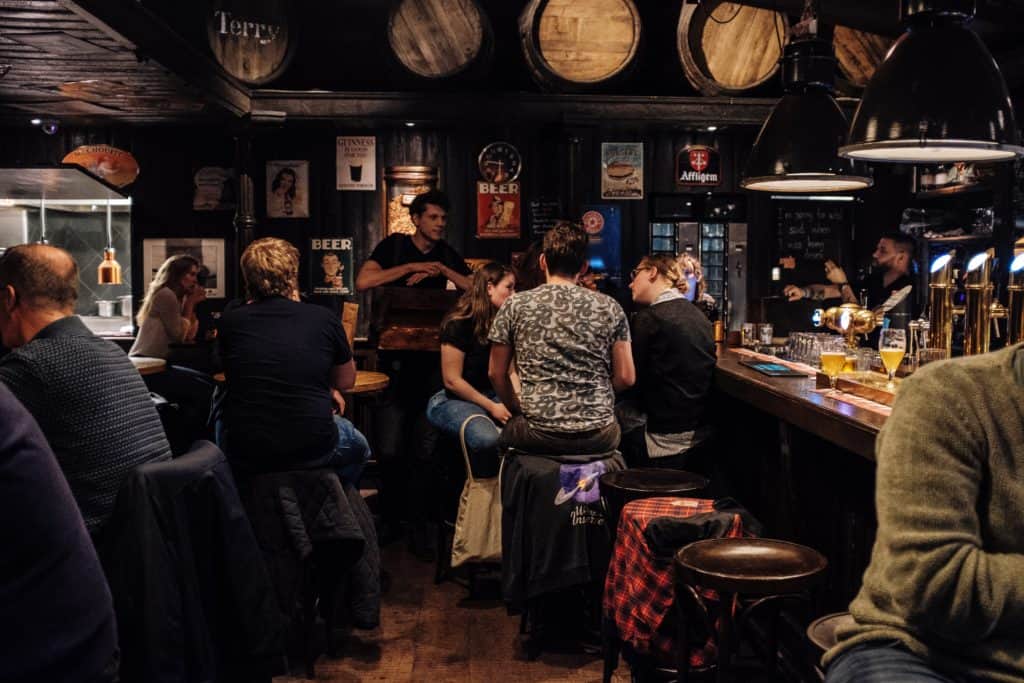
Photo Credit: Elevate and Victor Clime of Unsplash
The History
Another reason why you just can’t beat a good Irish pub is because of the history.
Pubs have been around for roughly a millennium, with the oldest pub in Ireland being held by Sean’s Bar in Athlone, having been established in the 10th century, around AD 900. Dublin’s oldest pub was established in 1198, and is known as The Brazen Head.
There are around 6,833 pubs and nightclubs in Ireland as of 2023, so obviously we can’t talk about the history of each one, not unless you really want us to bore you to tears.
What we will say however, is that since the government required Irish pubs to be licensed in 1635, pubs have become a staple part of Irish socializing, and that is not going to change anytime soon.
Whether you’re walking into an old pub in the Irish countryside to sip on a dram of Jameson’s whiskey as you warm your cockles in front of an open fire, or if you’re relaxing in a contemporary inner-city cocktail bar with an Espresso Martini, you can rest assured that the pub you’re sat in has some stories to tell.
‘Long Bars’
We all know that, other than a roaring fire, or a 65-inch 4K, UHD, LED TV, the bar is the focal point of any pub, and rightly so.
Bars are where all of those wonderful tipples are kept. From Guinness on draught, to the huge selection of guest ales and Irish whiskey options, you can find all manner of wonderful beverages behind a bar.
In Ireland pubs however, you’ll notice that a lot of the older pubs have a very unique layout and a different type of architecture to other pubs in the UK, especially when it comes to the length of the bar.
Irish pubs often have extraordinarily long bars, but there is a good reason for that. In the early 19th century, Ireland’s Teetotal Abstinence Society did their utmost to turn Ireland into a ‘dry’ country. They wanted the Devil Drink gone, and as alcohol sales dwindled, pub owners needed a way to earn more money, and were forced to diversify.
A lot of pubs would not only sell booze, but would also offer groceries as well, just like local corner shops. Because of this, a unique form of pub architecture which became known as the ‘long bar’. Why the name? Well, because they installed long bars roughly half of the width of the pub. This was to allow them to display their wares to patrons so people could buy groceries as well as alcohol.
Many Irish pubs still have this design, which is not only traditional, but it’s also practical as well as it means you can get served quicker. Happy days.
Fun Atmosphere
We spoke about the friendly atmosphere inside an Irish pub, but what we also need to mention is the fun atmosphere.
Irish pubs are rife with singing, dancing, smiling, and laughter. If you’re after a fun atmosphere, you’re going to love a good Irish boozer.
One thing you’ll notice in an Irish pub is that people are actually having fun, chatting, laughing, telling jokes, and engaging with one another, rather than being glued to their phones, scrolling through pointless social media posts.
There are also no generational gaps in Irish pubs. Elderly speak to the young with respect, and the young repay this courtesy in the same manner.
Add to this, the fact that live music is very much a thing in an Irish boozer, and you’ll find everybody breaks out into a spontaneous sing song for as long as the drink continues to flow.
The Drink Selection
Speaking of drink, it’s well known that the Irish love to party and are in fact fond of a drink or two, so it would make sense for Irish pubs to be stocked to the gills with all manner of boozy delights, and plenty of soft drinks and snacks too.
Of course, we all know that Guinness is THE beverage of Ireland, and honestly, you haven’t lived until you’ve tried a Guinness, on draught, in a traditional Irish pub. There are plenty of other drinks to choose from however, including Irish cider, and of course, Irish whiskey.
Here at Greatdrams.com, we’re all about whiskey, and while Scotch may be our main focus, we’ve heaps of experience when it comes to Irish whiskey and take it from us, you’ll find some of the finest Irish whiskies in Irish pubs. Whether you’re after Jameson’s, Bushmills, Power’s, Redbreast, or a local independent delight, whiskey lovers will be in their element when they see the selection of whiskies available in a traditional Irish watering hole.
Guinness Poured the Right Way
Even though whiskey is our tipple, we appreciate a good alcoholic beverage regardless, and a proper Guinness certainly fits that mould.
This rich, iron-filled, dark red (yes, Guinness is technically a deep ruby red colour, not black) stout should be full of body and refreshing, with a head so creamy you could serve it with strawberries at Wimbledon.
While most pubs in the UK are more than capable of pouring a good Guinness (although we’ve seen some absolute stinkers in our time) the bar staff in Ireland are on a whole other level entirely, as they are masters of the two-part pour.
The two-part pour is synonymous with a pint of Guinness, so if you work behind a bar in Ireland, you must master this technique quickly.
To begin with, a clean and crystal clear pint glass, emblazoned with the Guinness logo is held under the tap at 45 degrees, with the tap being pulled horizontally until the glass is ¾ full. Next comes the difficult part – the waiting. Guinness recommend a 119.5 second standing time. This is to allow the cloudy brown liquid to settle and turn a dark black (we know, but let’s not get pedantic, we’re all friends here).
Finally, the glass stands upright and tap is pulled/pushed in the opposite direction to top off the pint with the creamiest head you could ever imagine. Now the fun begins as you take to your table and enjoy your pint. Don’t forget to ‘split the G’ though.
Amazing Food
It isn’t just the booze that’s the star of the show when talking about Irish pubs however, the food is also exceptional.
As you may or may not know, Ireland is home to some of the most delicious, wholesome, and hearty food on the planet, many of which can be enjoyed in a pub.
After a long day of working up an appetite sightseeing in the cities, or rambling through the countryside, what better way to cap off your day than with a glass of your favourite whiskey or a pint of ale and some traditional Irish pub grub.
You’ll find your usual pub classics such as fish and chips, steak and ale pie, scampi and chips, and mixed grills, as well as traditional Irish dishes such as colcannon and champ (buttery, creamy mashed potatoes with cabbage or spring onions respectively), boxty (potato cakes), Irish stew and soda bread, whiskey-infused ice cream, and much more besides.
Irish food is a perfect metaphor for Ireland itself. It’s warming, comforting, and welcoming, and it’ll leave you wanting more again and again.
Irish Snugs
Though you’d do well to find a snug in some of the more modern Irish pubs scattered around the country, if you are fortunate enough to find yourself in an older pub you may be lucky enough to experience a traditional Irish snug.
Snugs are another staple part of traditional Irish pub history and are ideal for people who want a little more privacy when enjoying a drink, and maybe a bite to eat.
Snugs are small, private rooms/booths that are usually found next to the bar, or the front door of the pub. They’re almost like railway carriages, but inside of the pub rather than on a train. They usually feature leather chesterfield-style seating and wood panelled doors and walls with frosted glass for added privacy. There was also a small serving hatch from the bar, so food and drink could be passed discreetly to those inside, without the world and its mother knowing their business.
Snugs are an important part of Irish pub heritage, and they came to prominence in the 19th century. People would pay more for their drinks if they sat in the snug, but the benefit was the privacy as they were away from prying eyes. All kinds of illicit and naughty behaviour was said to have taken place in snugs, from dodgy deals to affairs, confessions, and everything in between.
You’ll still find snugs in many older Irish boozers, and if you’re lucky enough to find one unoccupied, we strongly recommend that you check it out.
Great Setting for Telling Ghost Stories
For those of you with an interest in Irish folklore, the paranormal, or just Halloween and spooky season in general, you’ll find many Irish pubs are the perfect setting to get tipsy and tell ghost stories with friends, or friendly locals, in front of a roaring fire.
Ireland is said to be home to some of the largest volumes of haunted pubs in all of Europe, with at least one haunted pub believed to be found in every county. If you’re interested in these kinds of topics, you’ll find heaps of pubs said to be haunted across the country.
The creatures said to be a part of Irish folklore are as legendary as they are frightening. From the screaming Banshees roaming the coastlines and countryside, to the mischievous Puca said to bring good and bad fortune, you’ll learn so much about proper Irish folklore from the locals that Google just can’t tell you.
For the ultimate ghostly experience, why not visit Kavanaugh’s Pub in Dublin, which is nicknamed ‘The Gravedigger’s Pub’ and is said to be one of the most haunted in the country. You could even pick up a book on the creatures of Irish folklore, or the ghosts of Ireland, grab a comfy booth and a pint or two, and lose yourself in a book for a few hours.
Photo Credit: Andrew Masters of Unsplash



